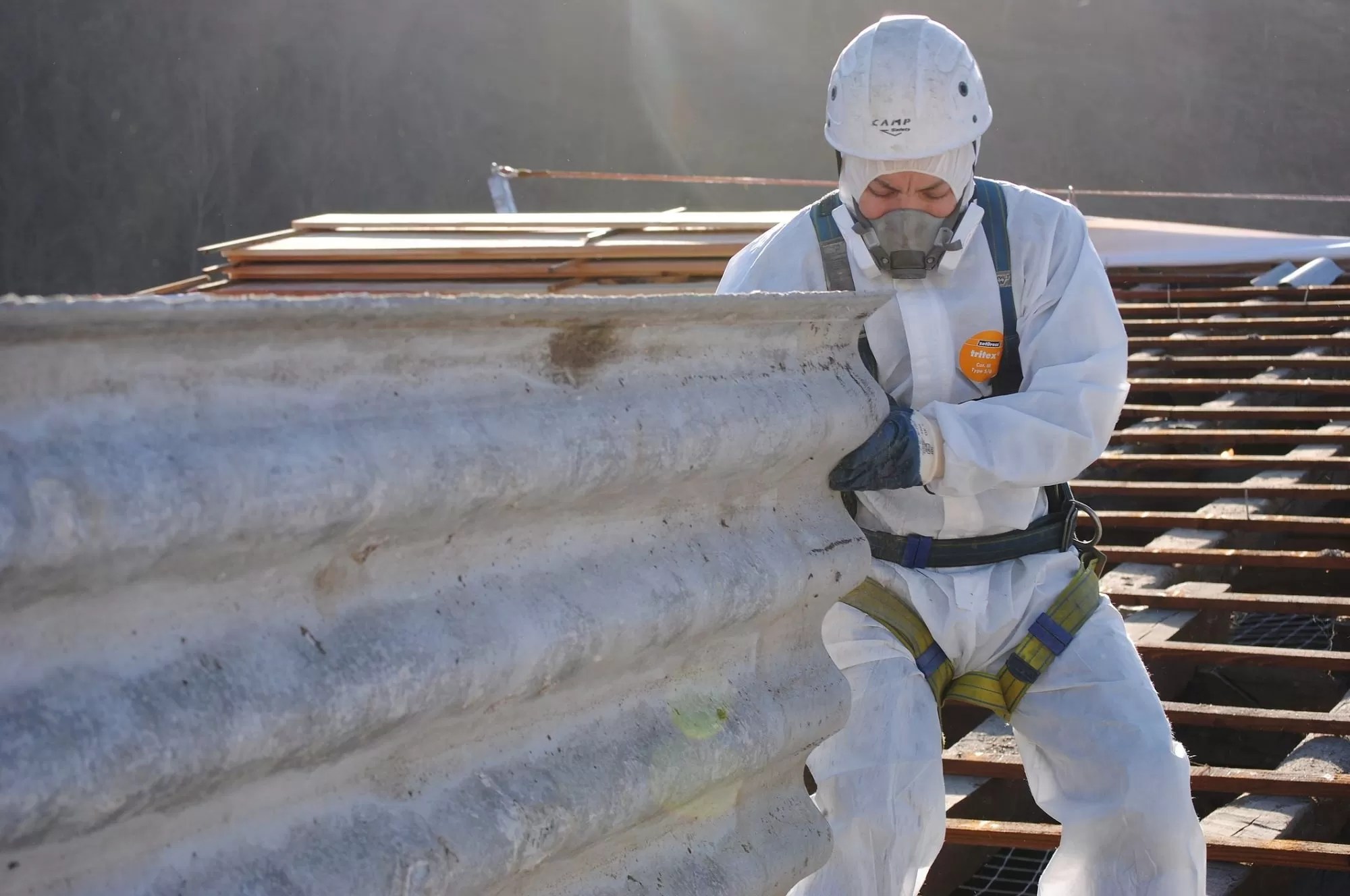Mesothelioma is a rare and aggressive cancer that affects the lining of the lungs, heart, or abdomen. It is primarily caused by exposure to asbestos, a naturally occurring mineral that was widely used in construction and manufacturing due to its fire-resistant and insulating properties. While direct asbestos exposure is commonly associated with mesothelioma, a lesser-known but equally dangerous risk is secondhand asbestos exposure. In this blog post, we will explore the risks of secondhand asbestos exposure, the groups most vulnerable, and essential steps to protect our loved ones.
Understanding Asbestos and Its Health Hazards
Asbestos is composed of microscopic fibers that can be easily inhaled or ingested. When disturbed, such as during construction or renovation work, these fibers can become airborne and pose serious health risks when inhaled. Prolonged exposure to asbestos fibers can lead to various health conditions, including mesothelioma, asbestosis, and lung cancer. Secondhand exposure occurs when individuals come into contact with asbestos fibers indirectly through their environment or by being in close proximity to someone who has been exposed directly.
Groups Vulnerable to Secondhand Asbestos Exposure
- Family Members: One of the most common sources of secondhand asbestos exposure occurs within the family setting. Workers who have been directly exposed to asbestos can unknowingly carry the fibers on their clothing, skin, or hair back home. Family members, especially spouses and children, are at risk of inhaling these asbestos fibers when they come in contact with contaminated clothing or through close physical contact with the exposed worker.
- Residents near Asbestos Sites: People living in close proximity to old industrial sites, asbestos mines, or areas with older buildings containing asbestos-based materials may be at risk of secondhand exposure. Asbestos can become airborne as old structures deteriorate or during demolition and renovation activities, impacting those nearby.
- Co-Workers and Employees: Employees working in the vicinity of areas where asbestos is handled or disturbed are also at risk. For instance, construction workers, custodians, and maintenance staff who work in buildings with asbestos-containing materials may encounter secondhand exposure.
Protecting Loved Ones from Secondhand Asbestos Exposure
- Raise Awareness: The first step in protecting loved ones from secondhand asbestos exposure is education. Make sure that everyone in your household understands the risks associated with asbestos exposure and the potential sources of secondhand exposure. Knowledge about the dangers will help instill cautious behaviors and encourage preventive measures.
- Asbestos Testing: If you live in an older building or suspect the presence of asbestos-containing materials, consider having your home tested by professionals. Asbestos testing will determine whether there is a risk of exposure and will help you take appropriate actions to minimize the danger.
- Professional Removal: If asbestos is present in your home, it is crucial to avoid attempting removal yourself. Disturbing asbestos during removal can release harmful fibers into the air, further increasing the risk of exposure. Always hire certified asbestos abatement professionals who follow strict safety guidelines for removal and disposal.
- Safe Work Practices: If someone in your household works in an occupation with potential asbestos exposure, encourage them to follow safe work practices. This includes wearing appropriate protective gear, showering and changing clothes before returning home, and storing work clothes separately from regular laundry.
- Regular Health Check-ups: Periodic health check-ups, especially for those who may have been exposed to asbestos, can aid in early detection and treatment of any asbestos-related health issues. Early diagnosis can significantly improve the chances of successful treatment and management of mesothelioma.
Mesothelioma and secondhand asbestos exposure are serious health concerns that demand our attention and preventive action. By understanding the risks associated with asbestos exposure and taking the necessary precautions, we can protect our loved ones and ourselves from this silent but deadly threat. Awareness, education, and responsible actions are key in safeguarding the health and well-being of those we care about.

Medical oncologist Dr. Anne Wolf is director of the Mesothelioma Program and chair of the Clinical Research Committee at the University of Texas MD Anderson Cancer Center in Houston.


Very interesting points you have noted, thank you for putting up.Money from blog